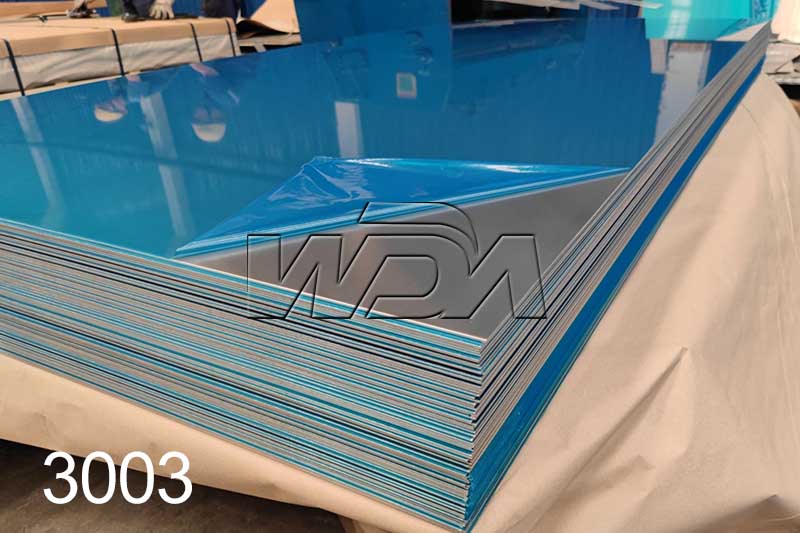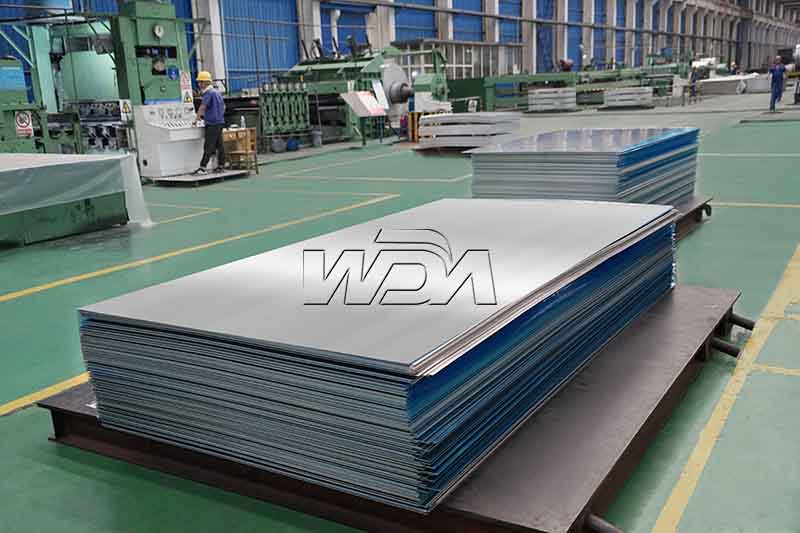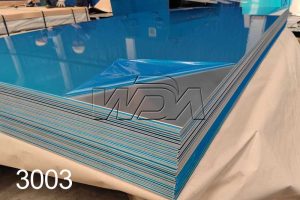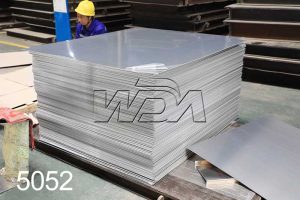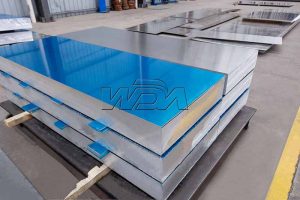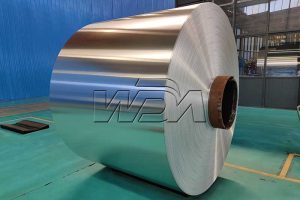3003 and 6061 are two distinct aluminum alloys, each with its own set of properties and applications. To compare these two alloys effectively, we’ll discuss their compositions, characteristics, and common uses.
Composition of 3003 Aluminum and 6061 Aluminum:
1. 3003 Aluminum:
- Composition: 3003 aluminum is part of the 3xxx series and is primarily composed of aluminum (approximately 98.6%), with the addition of a small amount of manganese (about 1.2%). This alloy is considered non-heat-treatable.
2. 6061 Aluminum:
- Composition: 6061 aluminum, on the other hand, belongs to the 6xxx series and consists of aluminum as the major component (approximately 97.9%), along with other elements such as magnesium (1%), silicon (0.6%), and copper (0.28%). 6061 is heat-treatable, meaning its properties can be adjusted through heat treatment processes.
Characteristics of 3003 Aluminum and 6061 Aluminum:
1. 3003 Aluminum:
- Strength: 3003 is not as strong as 6061 aluminum. It is known for its moderate strength and good workability.
- Weldability: 3003 is highly weldable, making it suitable for various fabrication processes, including welding and soldering.
- Corrosion Resistance: It offers good resistance to atmospheric corrosion but is not ideal for marine applications due to its limited resistance to saltwater.
2. 6061 Aluminum:
- Strength: 6061 aluminum is significantly stronger than 3003. It is known for its excellent strength, making it a popular choice for structural applications.
- Weldability: While it can be welded, 6061 aluminum can be more challenging to weld than 3003 due to its heat-treatable nature.
- Corrosion Resistance: 6061 offers good corrosion resistance, especially in non-marine environments.
Common Uses of 3003 Aluminum and 6061 Aluminum:
1. 3003 Aluminum:
- Sheet Metal: 3003 is commonly used in the manufacturing of sheet metal products, including kitchen utensils, heat exchangers, and food packaging.
- Ductwork: Its excellent weldability makes it a preferred choice for HVAC ductwork and other related applications.
- General Fabrication: Due to its formability, 3003 is utilized in a wide range of general fabrication projects.
2. 6061 Aluminum:
- Aerospace: 6061 is often found in aerospace applications, thanks to its high strength-to-weight ratio and good fatigue resistance.
- Structural Components: It is widely used in the construction of structural components such as beams, trusses, and bridges.
- Marine Equipment: 6061’s corrosion resistance and strength make it suitable for marine equipment like boat hulls and components.
- Machined Parts: This alloy is favored for machined parts in various industries, including automotive and industrial machinery.
In summary, the key differences between 3003 and 6061 aluminum alloys are their compositions, characteristics, and common applications. While 3003 is a more easily workable and weldable alloy with moderate strength, 6061 is known for its exceptional strength and heat-treatable properties, making it suitable for structural and aerospace applications. The choice between the two alloys should depend on the specific requirements of the project at hand. If you don’t know which one to choose, just email me wandaaluminumsheet@gmail.com or WhatsApp me +8613619844700 any time.

